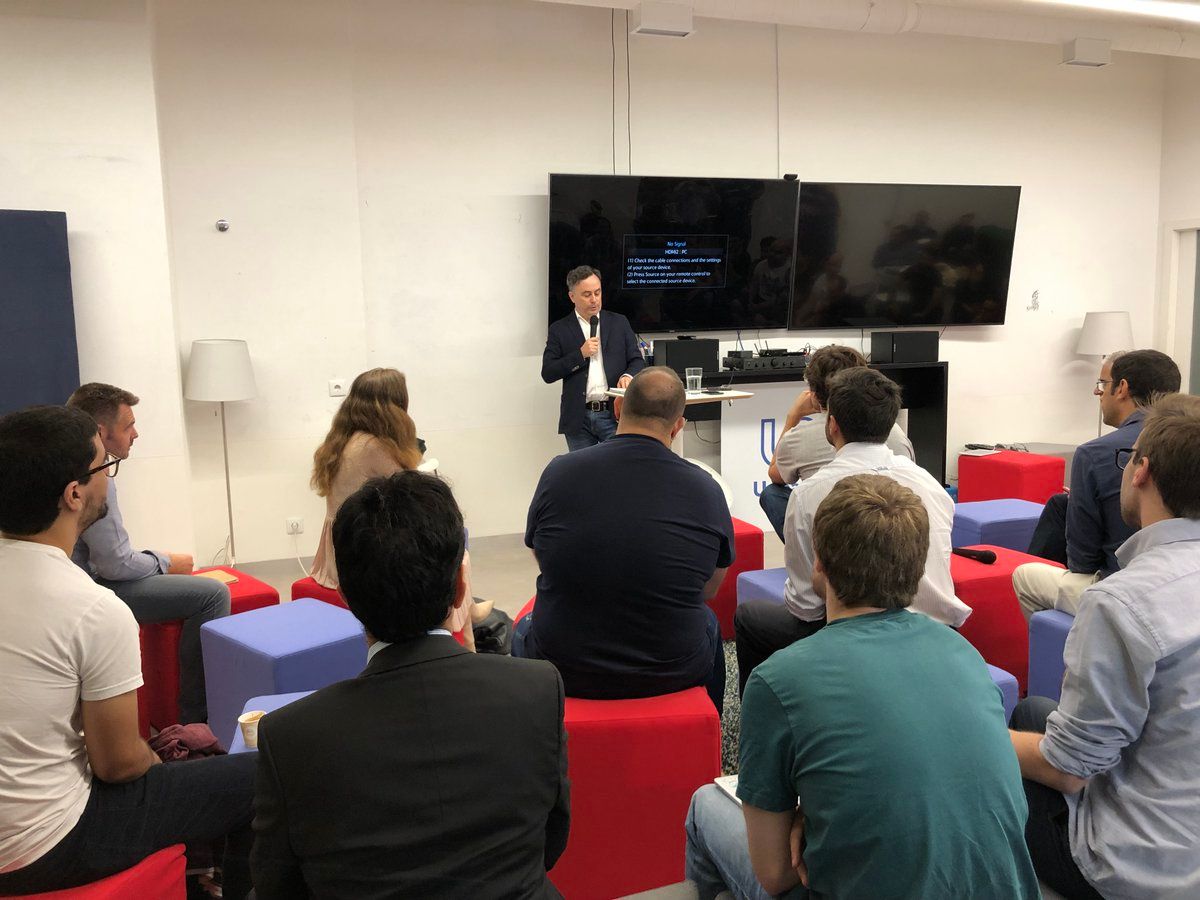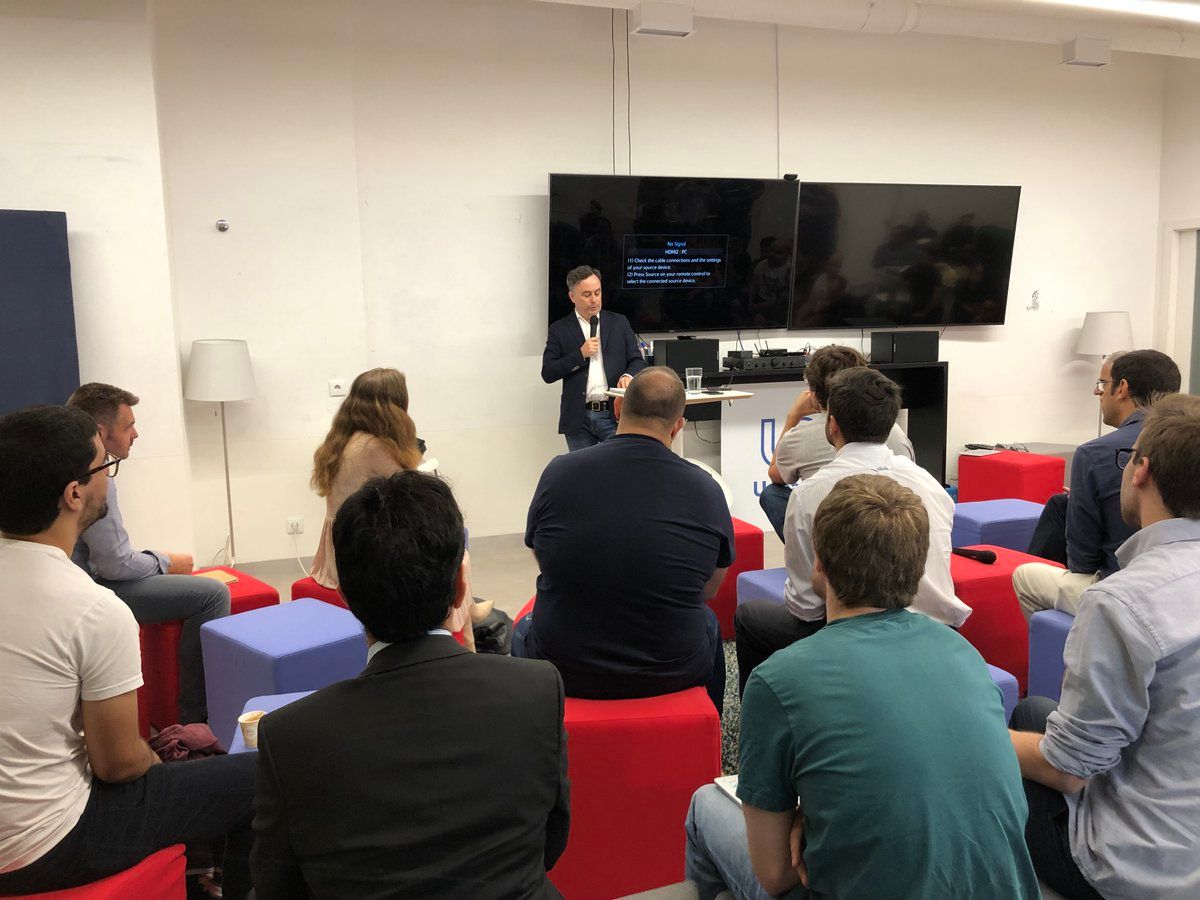Learn how to invest & save for your future with GoBankingRates.com
The average consumer constantly thinks about money, and yet, many misconceptions and unknowns plague our minds when our own personal finances are brought up. Financial literacy is an often neglected topic despite it making a major impact on our lives and our future. If terms like CD rates, mortgages, APR, and taxes leave you scratching your head in confusion, then GOBankingRates.com is here to help.GOBankingRates.com is your one-stop source for financial education. It offers a wealth of information (pun intended) from financial experts on everything money-related, from opening a bank account and credit card to investing in stocks for the first time. GOBankingRates.com demystifies money and provides step-by-step guidance on how to take control of your financial journey and live richer.To read this article in full, please click here





